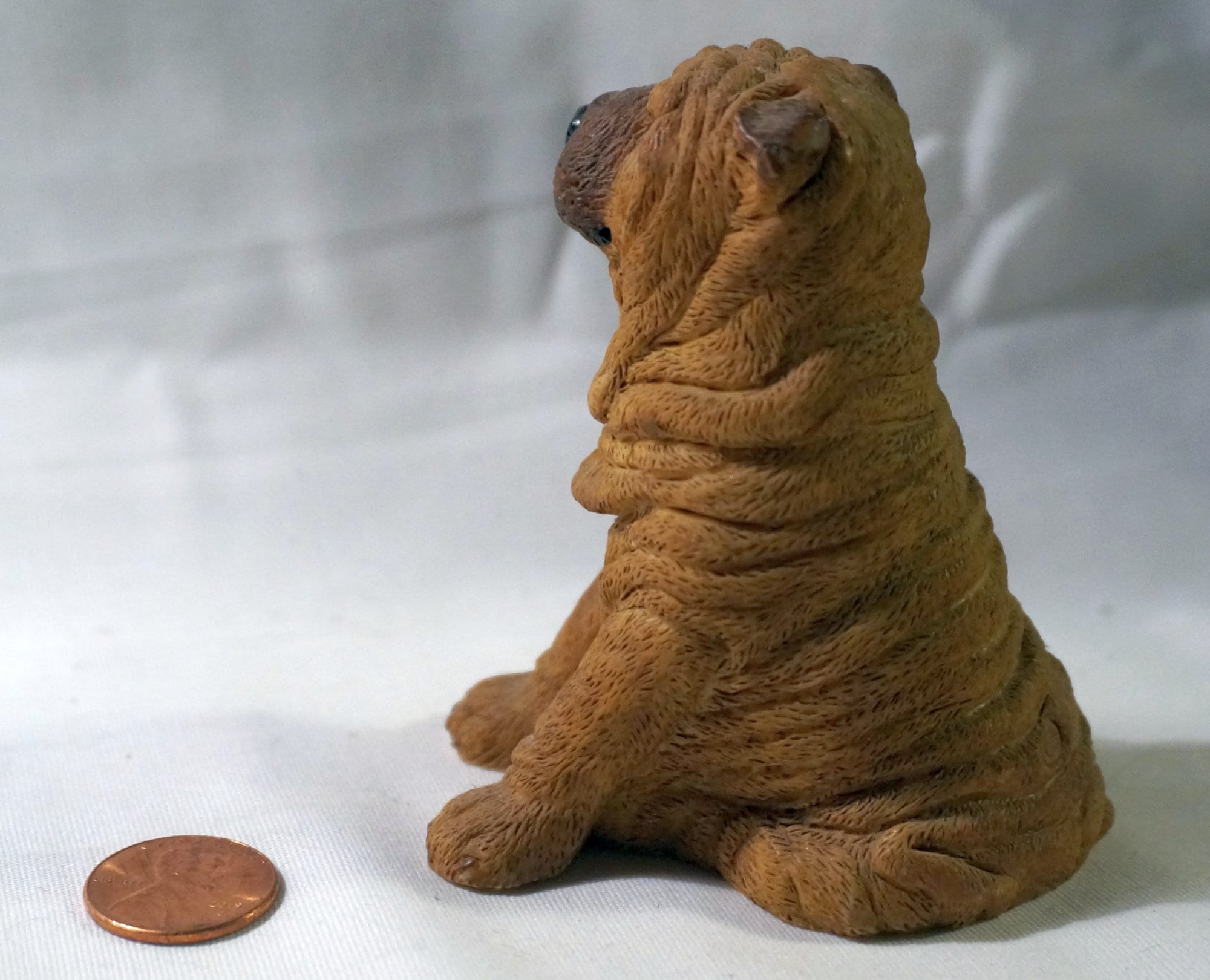
Thus, the purpose of this study was to analyze and interpret artifact burial associations in a prehistoric mortuary population, focusing on social organization and complexity, with a special emphasis on status and role differences between males and females. In addition, although artifact burial association data along age and sex lines are often reported, mortuary analyses specifically aimed at investigation of status and role differences between males and females are infrequent.

Gary Stickel as the Principal Investigator.Purpose of the Study: Previous analyses of prehistoric burial sites in California have focused on the change from the band to the tribal level of society, while comparatively little research has focused on later, increasingly complex sites.

The disciplines deployed include archaeological excavation and field laboratory analysis (conducted by Hiram Henry and Jeanette McKenna) a formal mathematical-statistical sampling design (Ivan Show) chronometric dating (Rainer Berger) lithic typological analysis (James Sackett and Susan Blif eld) faunal analysis (George Jefferson and Richard Reynolds) pollen analysis (Roger Byrne) macro-plant analysis (Janet Warter) obsidian archaeometric analysis by neutron activation, x-ray florescence, and hydra - tion analysis (Thomas Kaufman) human osteological analysis (Robert Jurmain) Indian coordination and ethnography (Jeanne Munoz) (the Ohlone Indians are actively involved in this project on a daily basis trying to learn as much as possible about their ancestors' cultural development) shell analysis (Trisha Ruppe) data management and computer analysis (David Leckie) soil-geomorphological analysis (Roy Shlemon) with E. A truly multidisciplinary approach, guided by a general research design, is being taken with the investigation of the site. Importantly, the site has 6.5 meters of stratified cultural deposit and has yielded a unique sequence of lithic, f aunal, and other data which will make this a major site in terms of clarifying the sequence of human cultural adaptations in California. This type of "rescue archaeology" is presently referred to as "Cultural Resources Management" (CRM) in the United States* This site appears to be a very significant prehistoric locus which dates at least throughout the Holocene period and possibly back into the late Pleistocene as well. Requested by the California Department of Transportation (CALTRANS), the "mitigation" of the site by- removing a scientifically useful sample of archaeological data for present and future research (CALTRANS 1979) will be accomplished prior to the site's partial destruction by construction for a major highway. 1) located in the greater environs of San Francisco (Stickel and Henry 1979 Stickel et al* 1981). Such a geoarchaeo- logical approach is being taken with the California site (CA-SC1-178, see fig.

This term is used on projects in America which meld the expertise of archaeologists and geologist-geomorphologists, particularly those studying the extent, depth, stratigraphy, depositional history, and age of early sites (e.g., Davis 1980). "Geoarchaeology" is a term derived recently which some archaeologists are using to describe an objective scientific approach to studying the physical nature of sites. , P.O Box 3066, NEWPORT BEACH CALIFORNIA 92663 Introduction * Environmental Research Archaeologists - A Scientific Consortium - Bicentiennal Station ,P.O Box 480074, LOS ANGELES, CALIFORNIA 90048 J.Shlemon & Associates, Inc.


 0 kommentar(er)
0 kommentar(er)
